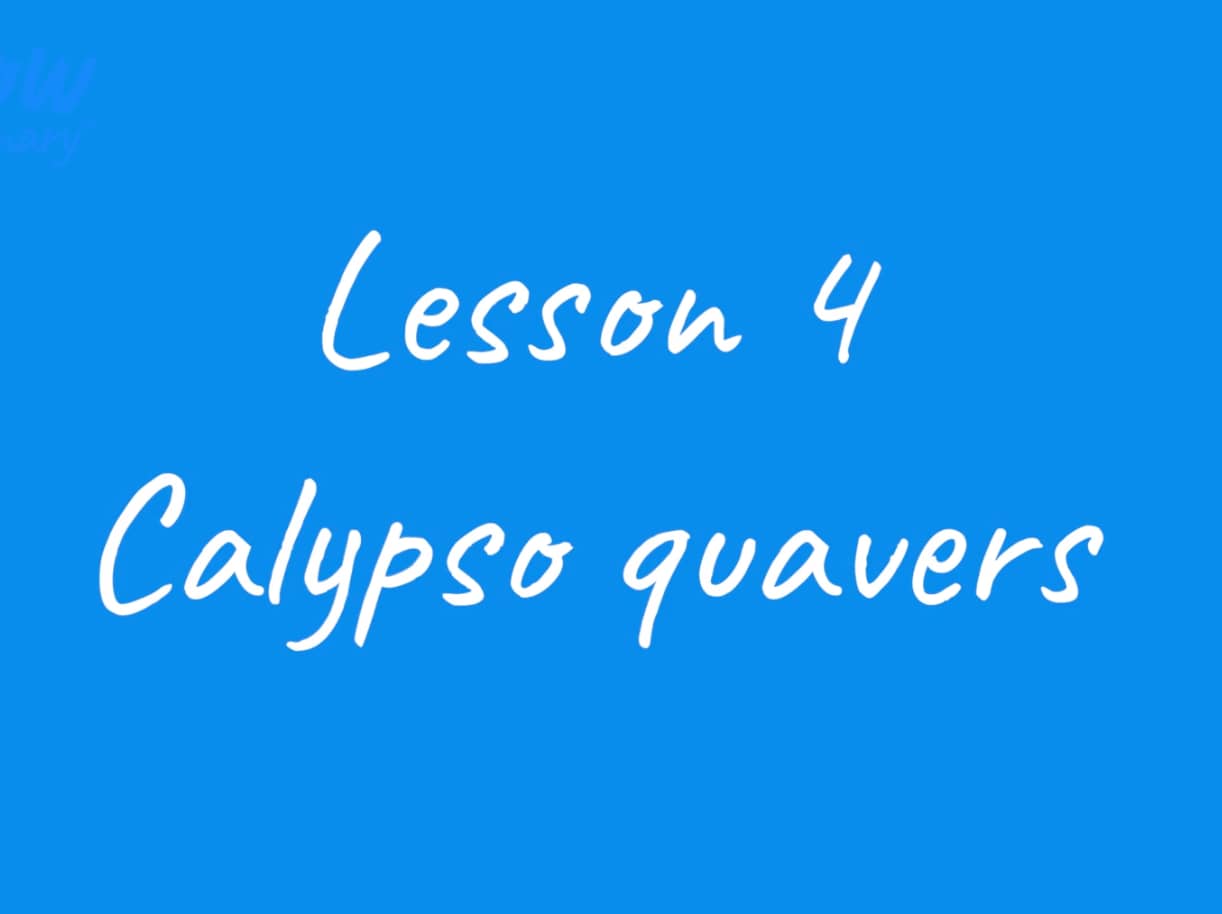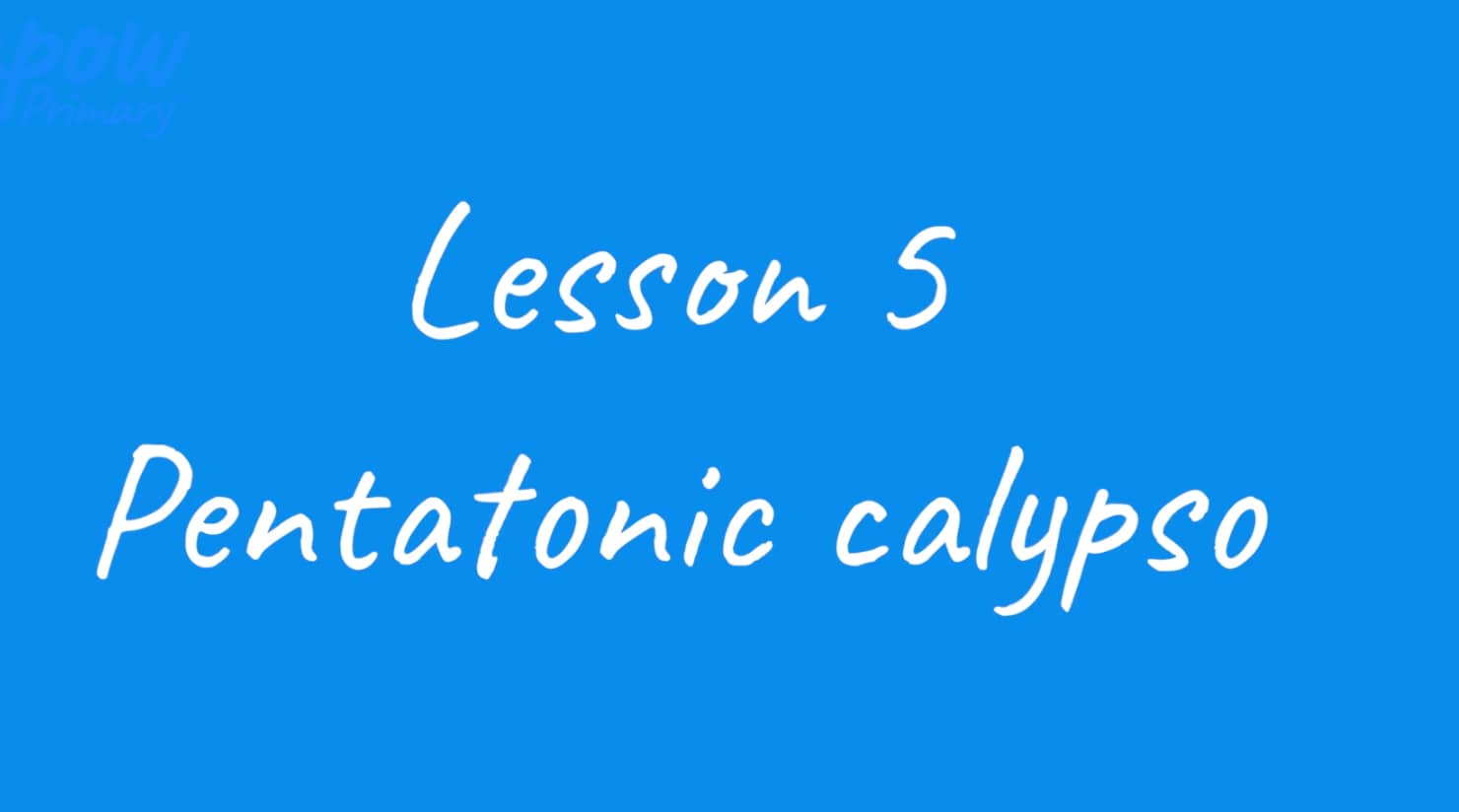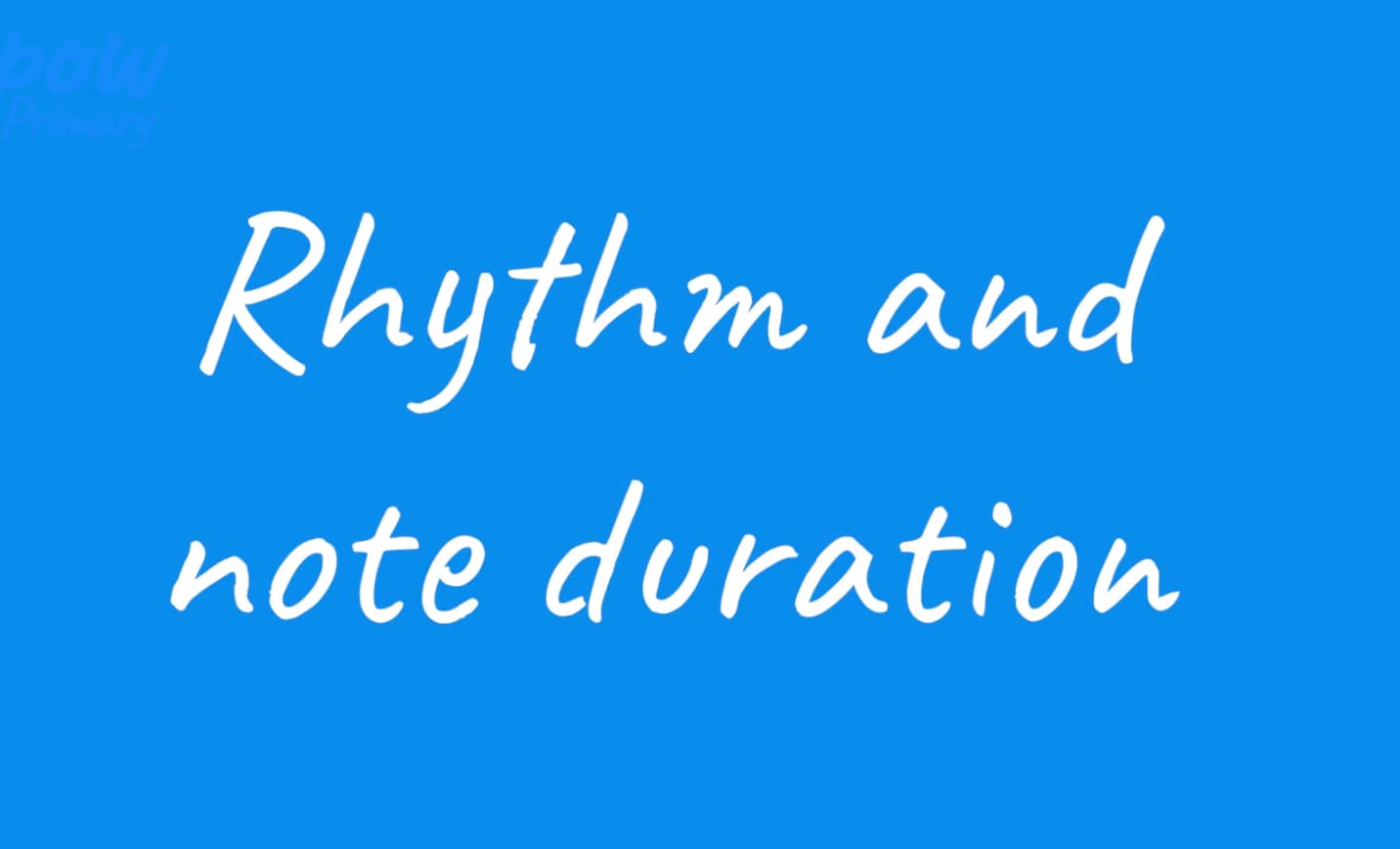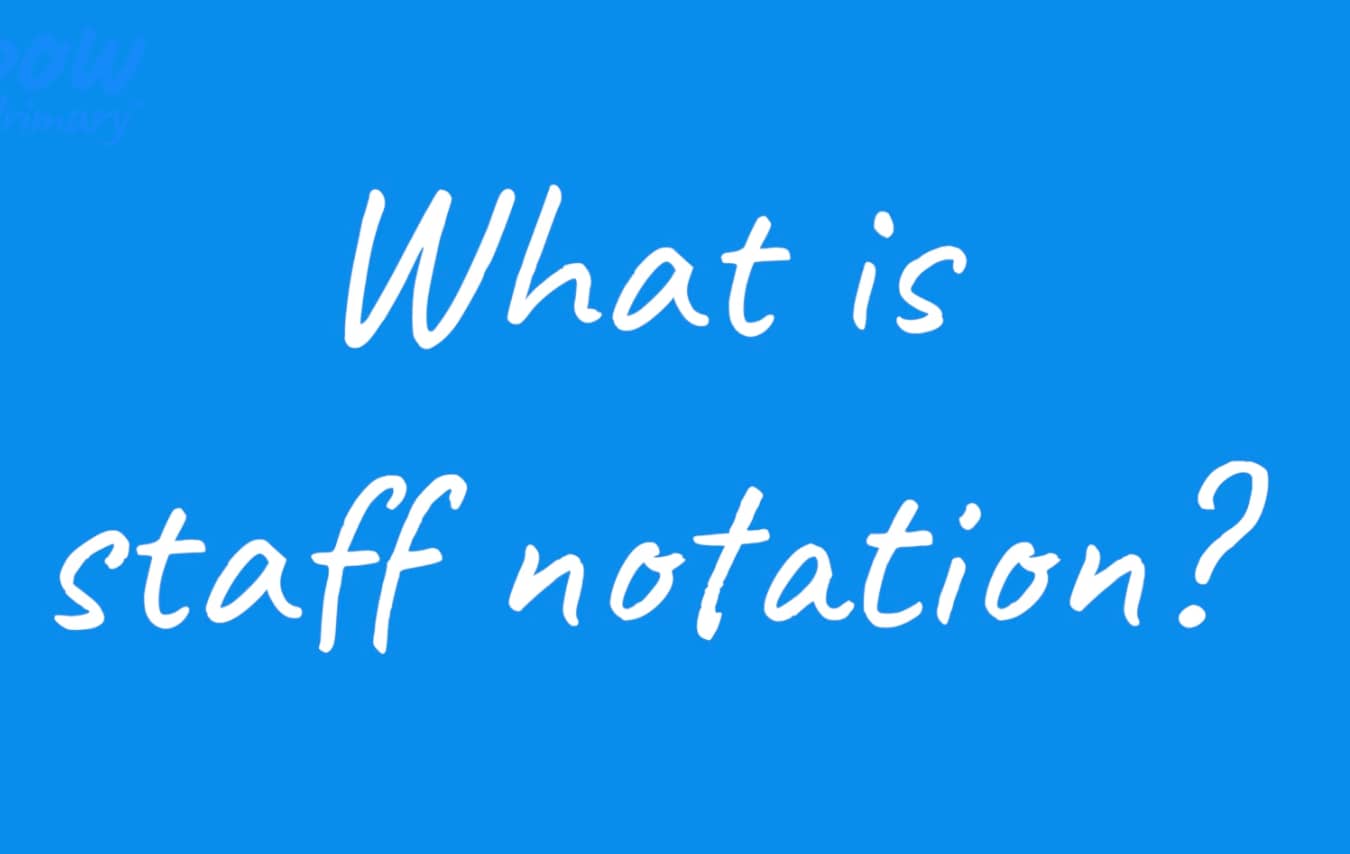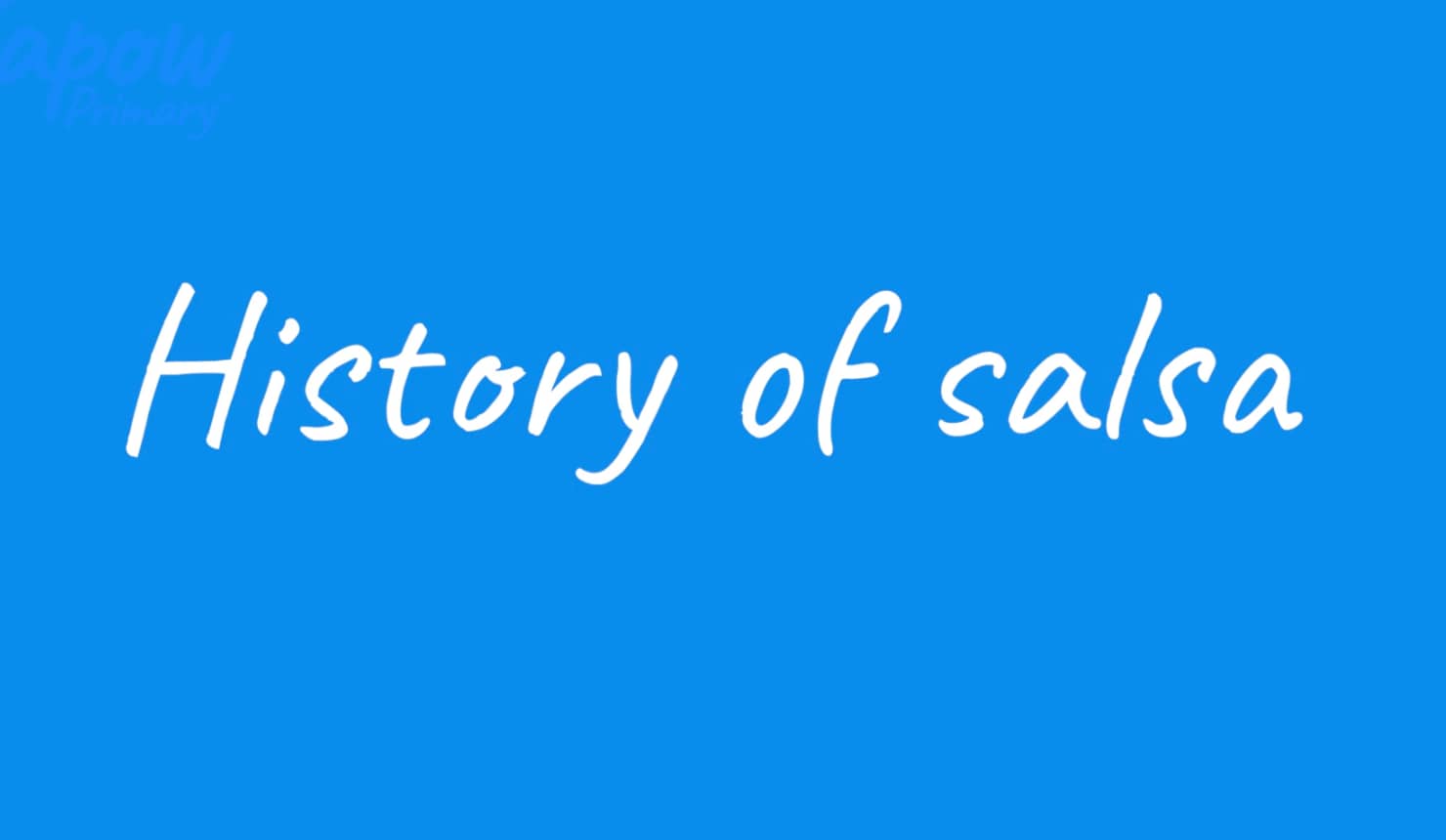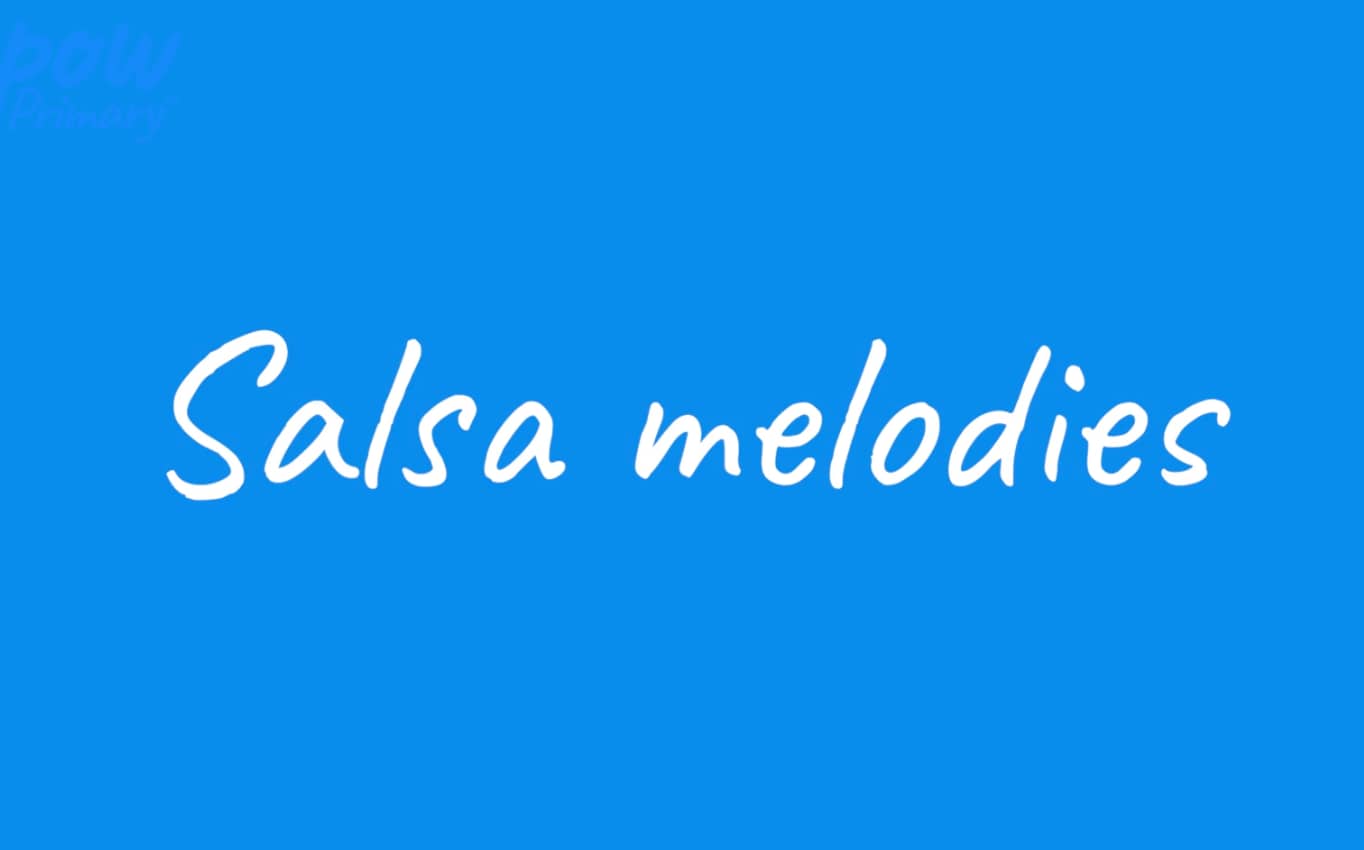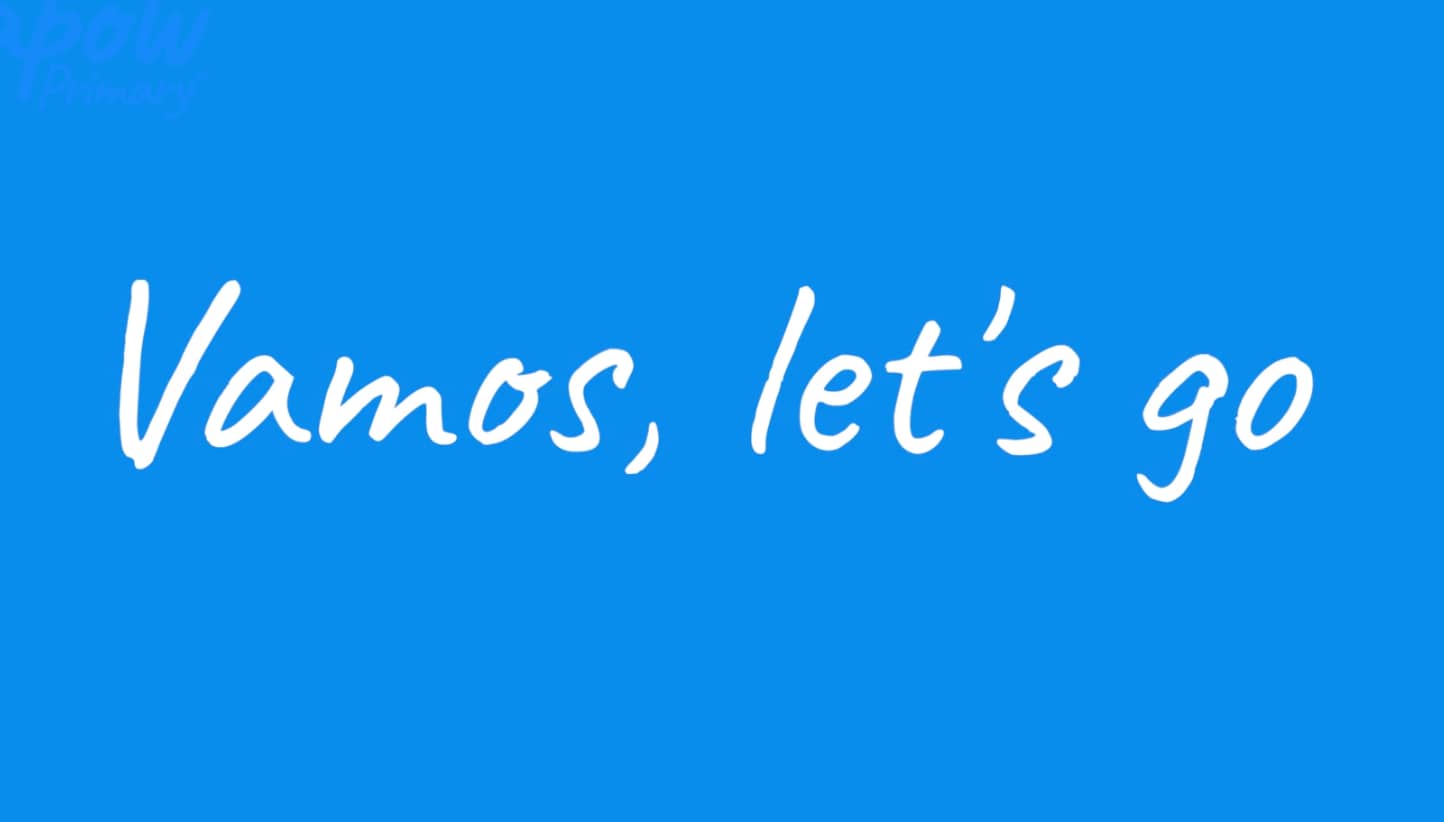This Music video introduces teachers to lesson three of the Caribbean unit, where pupils explore the instrumental aspects of calypso music. The lesson begins with listening examples of steel pans and discussion of their role, before pupils learn differentiated tuned percussion parts of the song. Part two provides a simpler stepwise option, part one introduces quicker movements, and the bass line offers greater challenge with faster rhythms and wider leaps.
year: Year 6
Teacher video: Calypso quavers
This Music video introduces teachers to lesson four of the Caribbean unit, where pupils encounter the quaver note for the first time. The quaver is worth half a beat and usually appears in pairs to make up a full beat. In this lesson, pupils use their prior knowledge of the calypso chorus rhythm to help them identify and play quavers on tuned percussion instruments, supported by note names written on the score and on the instrument bars.
Teacher video: Pentatonic calypso
This Music video introduces teachers to the final lesson in the Caribbean topic, focusing on improvisation within the song What’s the Story Calypso. The lesson begins with an experiment to show why improvisation needs rules, before pupils improvise using the pentatonic scale notes C, D, E, G, and A.
Teacher skills video: Rhythm and note duration
This Music video introduces teachers to the basics of how rhythm and note duration are shown using staff notation. It explains how different notes, such as semibreves, minims, crotchets, quavers, and semiquavers, are classified by their shape and used to show different beat lengths.
Teacher skills video: What is staff notation?
This Music video introduces teachers to the fundamentals of staff notation and how it is laid out for classroom teaching. It explains how pitch is shown using the five-line stave, with notes placed either on the lines or in the spaces, and how clefs extend the range of notes to cover both higher and lower pitches.
Teacher video: History of Latin music
This Music video introduces teachers to lesson two of the South America unit, where pupils explore the history and key features of salsa music. The session begins with a recap of the song learned in lesson one before moving into literacy-based activities supported by a presentation of cultural and musical background.
Teacher video: Salsa melody
This Music video introduces teachers to strategies for helping pupils recognise and name pitch notes in staff notation. The lesson begins with a recap of how pitch is shown on the stave and encourages children to use both line and space notes. Working in pairs, pupils decode the tuned percussion one part for the salsa-inspired piece Vamos Let’s Go, filling in missing note names and strengthening their reading skills.
Teacher video: Carnival spirit
This Music video introduces teachers to the final lesson of the South America unit, where pupils bring together all the elements of Vamos Let’s Go into one performance. The lesson begins with simple salsa steps to get the class into the groove, before rehearsing the singing, tuned and untuned percussion, and improvisation parts.
Teacher video: Vamos, let’s go!
This Music video introduces teachers to the South America unit, where pupils will learn to sing, play untuned and tuned percussion, and improvise within the salsa-inspired piece Vamos Let’s Go. The first lesson focuses on learning the vocal parts through call and response and practising the untuned percussion rhythms of clave, cowbell, shaker, and guiro.


